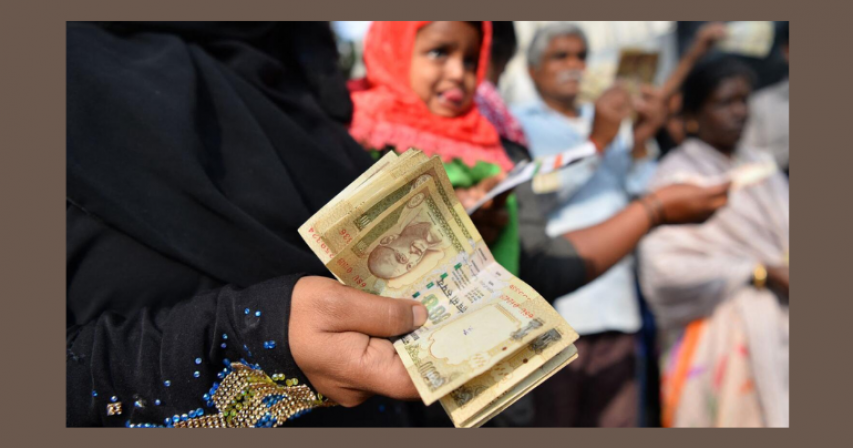Indian rupee barely changed against dirham in early trade

The Indian rupee faced some pressure in early trade on Wednesday due to portfolio outflows and dollar payments by oil companies. Despite these factors, the currency remained relatively stable, hovering around 83.50 against the US dollar and 22.75 against the UAE dirham.
Traders noted that there were continuous bids for USD/INR, with oil companies being significant buyers. Additionally, foreign banks were also active, likely related to portfolio outflows and fixing. However, despite these pressures, the rupee did not show significant movement upwards against the dollar.
Many traders speculated that the Reserve Bank of India (RBI) was intervening in the forex market by selling dollars to prevent the rupee from sliding below its all-time low of 83.5750. This intervention helped to stabilize the currency and prevent excessive volatility.
However, the exact extent of the RBI's intervention remained uncertain. Some traders suggested that the central bank may have signaled its intention to support the rupee at the market open, allowing market forces to do the rest. This approach would provide a degree of flexibility while still exerting influence on the currency's movements.
Despite the pressure on the Indian rupee, other Asian currencies were also experiencing weakness against the US dollar. The dollar index, which measures the value of the dollar against a basket of major currencies, edged up to 105.56. This upward momentum for the dollar followed a brief decline after the Federal Reserve's less-hawkish-than-expected stance and weak US payrolls data.
Looking ahead, the outlook for US interest rates remains a key factor influencing the dollar's performance. Some Federal Reserve officials have indicated the possibility of rate cuts this year, although the exact timing and magnitude remain uncertain. Federal Reserve Bank Minneapolis President Neel Kashkari suggested that while he has projected two rate cuts, it's possible that the Fed may opt for a different approach, including fewer rate cuts or none at all.
Overall, the Indian rupee's stability in the face of external pressures reflects the resilience of the currency and the cautious approach of the Reserve Bank of India. While challenges remain, including ongoing portfolio outflows and global economic uncertainties, the central bank's interventions have helped to maintain stability and support the rupee's value against the US dollar. As the forex market continues to evolve, traders will closely monitor developments and adjust their strategies accordingly.
By: Sahiba Suri





Comments